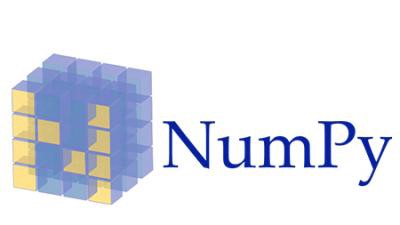
Access Azure Virtual Desktop (AVD) from Linux
Azure Virtual Desktop (AVD), formerly Windows Virtual Desktop (WVD) is a desktop-as-a-service (DaaS) offered by Microsoft. It can serve as a safe alternative to using virtual private network (VPN) on a personal device. Both Windows and macOS have official native clients for AVD/WVD. Currently, there is no official clients on Linux. AVD uses rdpw files which cannot be used on popular Linux RDP clients such as Remmina. Thankfully, the latest FreeRDP now supports authenticating to AVD.



